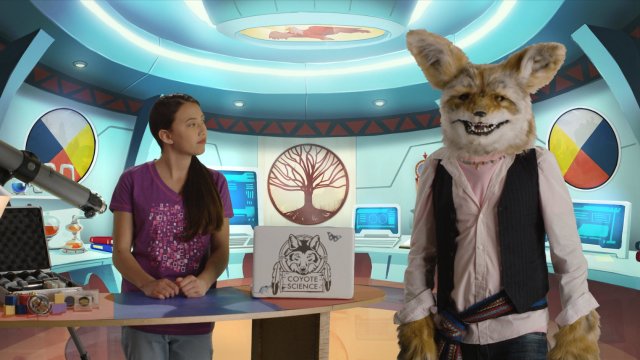With our recent class discussions on the cultural neutrality of technology and the difference of educational goals in our Indigenous communities, I realize there is strong evidence for and against Indigenous use of technology and the extent of its benefit. However, for the non-Indigenous community, I believe that technology been an invaluable tool to help increase awareness and understanding as well as helping to promote advocacy for Indigenous communities.
Many have a willingness to learn but not always the tools or resources at their disposal. Technology helps reduce boundaries by increasing our learning networks. One of these learning networks is the MOOC/EdX course run by Jan Hare through UBC on Reconciliation through Education.
https://www.edx.org/course/reconciliation-through-indigenous-education
This free online course is currently achieved (future date to be announced) but it covers the following program outcomes:
- Explore personal and professional histories and assumptions in relationship to Indigenous peoples histories and worldviews
- Deepen understanding and knowledge of colonial histories and current realities of Indigenous people
- Engage with Indigenous worldviews and perspectives that contextualize and support your understanding of the theories and practices of Indigenous education
- Develop strategies that contribute to the enhancement of Indigenous-settler relations in schools, organizations, and communities
- Explore Indigenous worldviews and learning approaches for their application to the classroom or community learning setting
- Engage in personal and professional discussions in an online environment with others committed to understanding and advancing reconciliation

